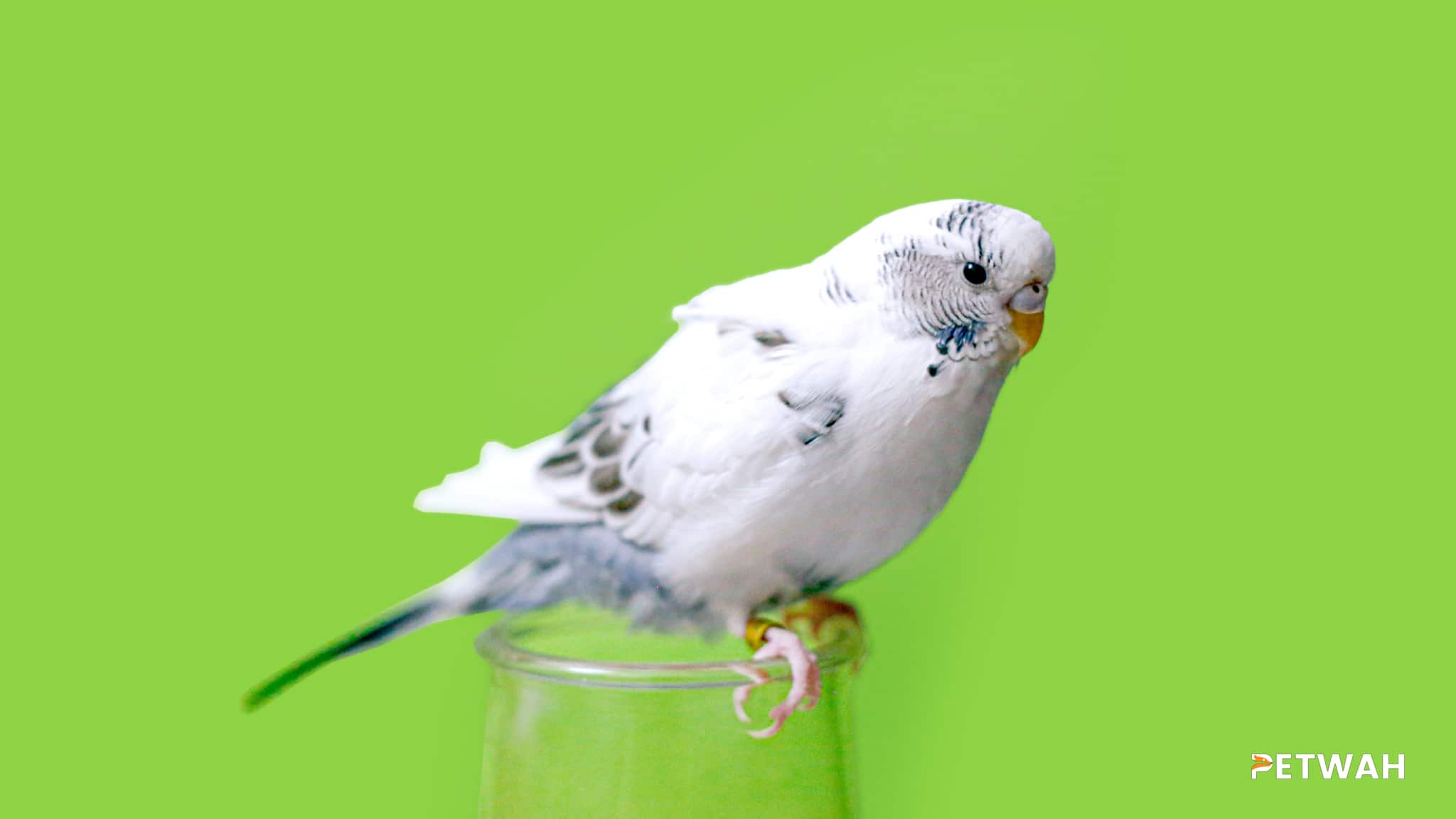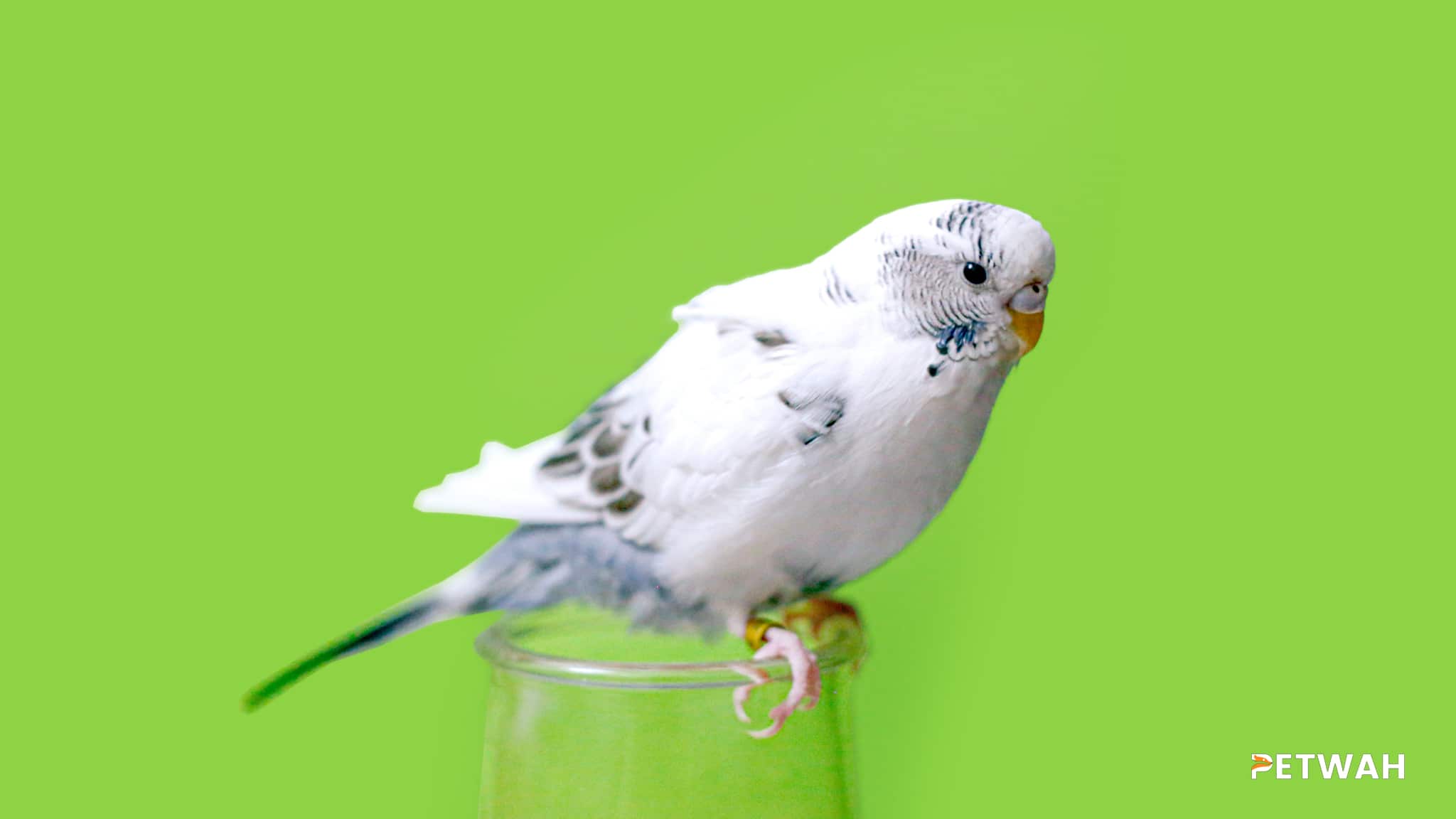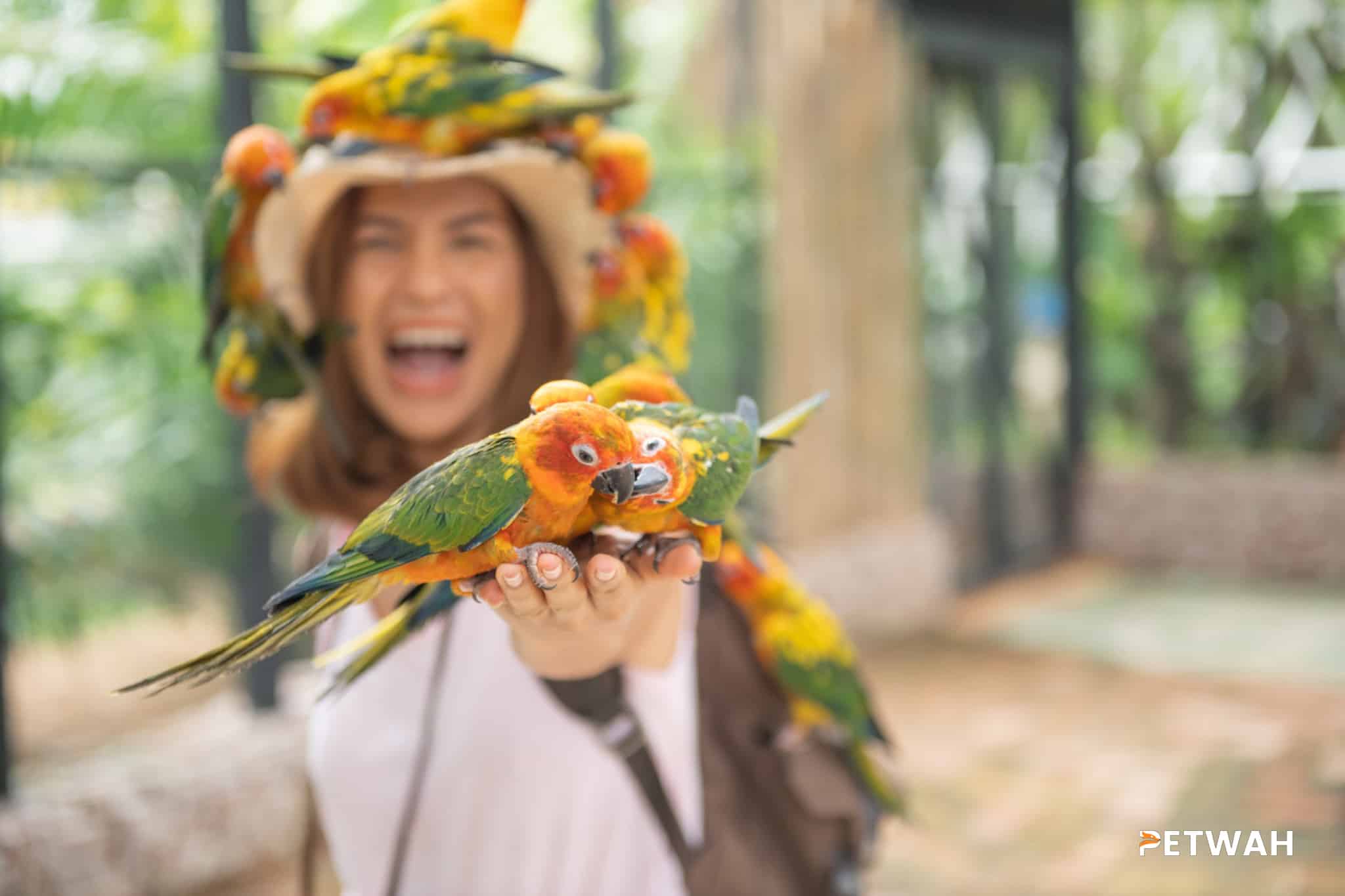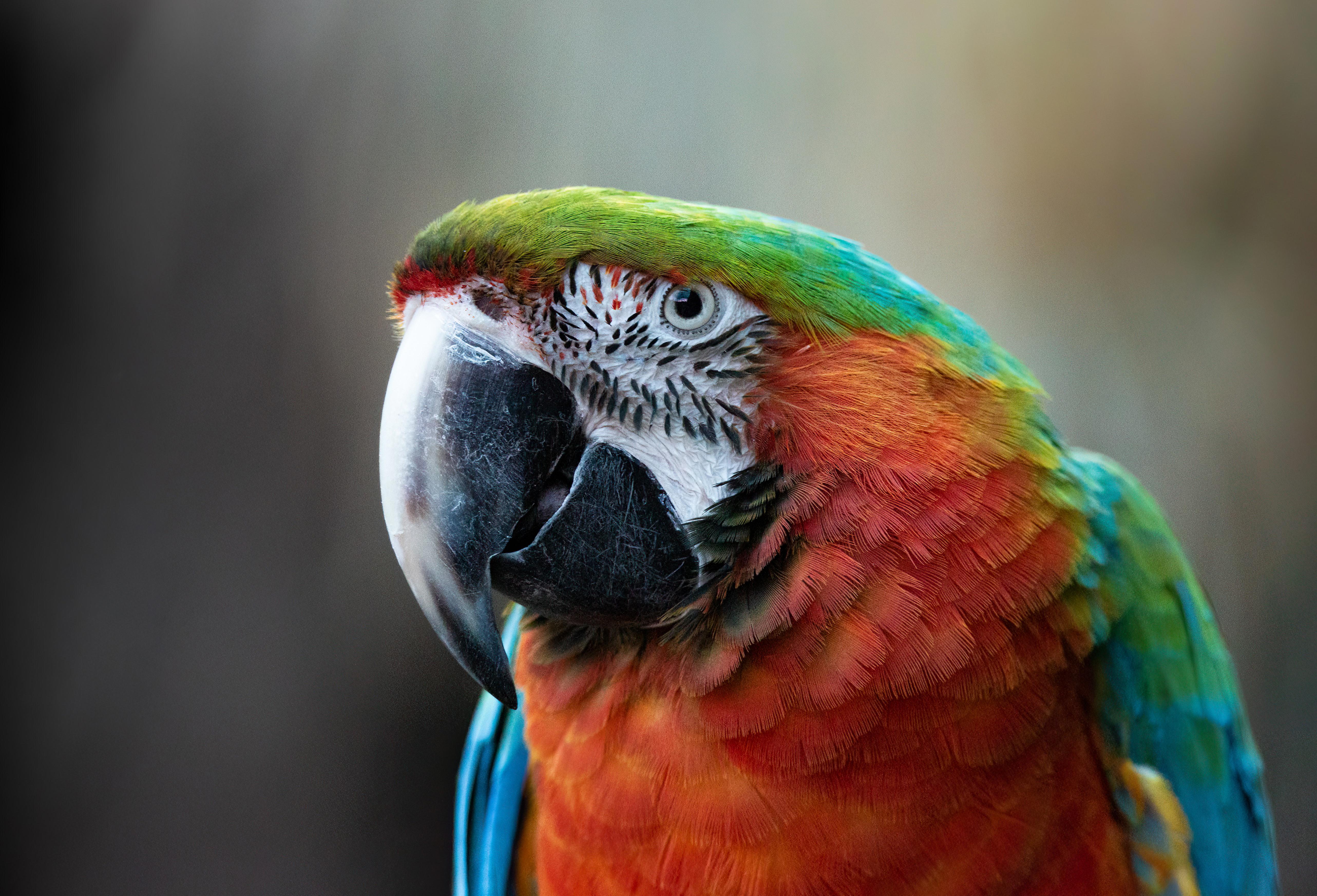Birds are highly intelligent creatures that can be trained to learn commands and perform tricks. Teaching your bird commands and tricks not only provides mental stimulation for them but also strengthens the bond between you and your feathered friend. In this article, we will explore effective ways for a couple to teach their bird commands and tricks, allowing them to have fun and create a rewarding experience for both the bird and the couple.
Building a Strong Relationship with Your Bird
Before diving into teaching your bird commands and tricks, it is crucial to establish a strong relationship with your feathered companion. Building trust and fostering a bond will make the training process easier and more enjoyable. Here are some tips to build a strong relationship with your bird:
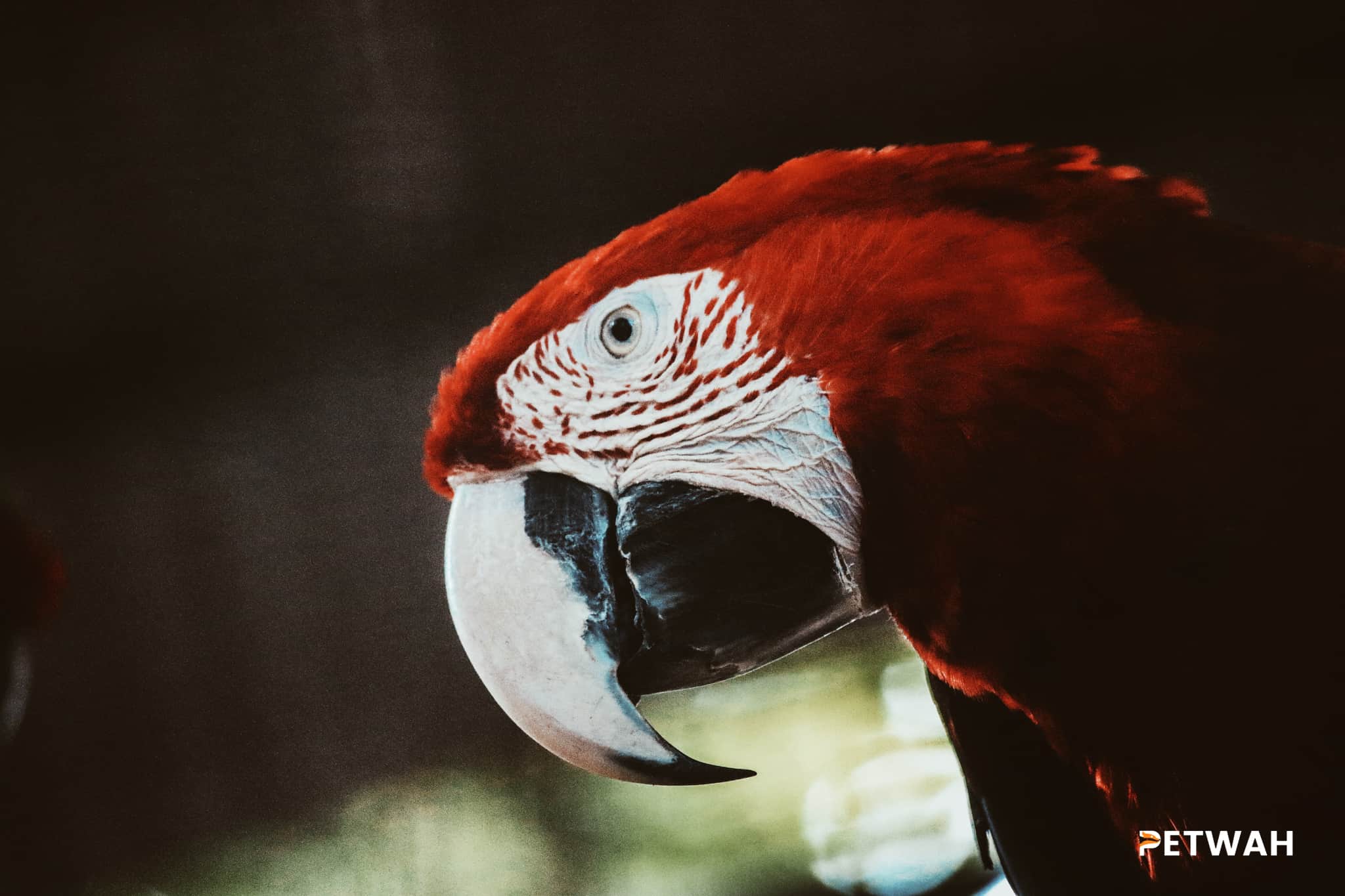
1. Spend quality time together: Birds are social creatures and thrive on companionship. Interact with your bird daily, talking to them, playing with them, and offering treats.
2. Provide a stimulating environment: Create an engaging and enriching environment for your bird by offering toys, perches of various shapes and sizes, and opportunities for mental stimulation through puzzles or foraging activities.
3. Respect your bird’s boundaries: Birds are sensitive animals, and it’s important to respect their personal space. Give your bird space when they need it and avoid forcing interactions.
Teaching Commands to Your Bird
Teaching commands to your bird involves repetition, positive reinforcement, and patience. Here are some effective ways to teach your bird commands:
1. Start with basic commands: Begin with simple commands like “step up” or “step down” to guide your bird onto your finger or a perch. Use a clear, consistent verbal cue along with a visual gesture to reinforce the command.
2. Use positive reinforcement: Reward your bird with praise, treats, or a favorite toy when they correctly respond to a command. Positive reinforcement encourages your bird to repeat the behavior.
3. Break commands into small steps: Some tricks or commands may be complex and difficult for your bird to grasp all at once. Break them down into smaller steps and gradually build up to the final behavior.
Teaching Tricks to Your Bird
Once your bird is comfortable with basic commands, you can move on to teaching them tricks. Tricks provide mental stimulation and entertainment for your bird. Here are some tricks you can teach your bird:
1. Wave: Teach your bird to wave by holding a treat in front of them and saying the command “wave.” Your bird will naturally lift their foot to reach for the treat. Reward them when they lift their foot and repeat the command until they associate the verbal cue with the behavior.
2. Retrieve: Encourage your bird to retrieve small objects like wooden blocks or toys. Start by placing the object near your bird and rewarding them when they touch or pick up the object. Gradually increase the distance between the object and your bird.
3. Play dead: Train your bird to simulate playing dead by gently cradling them on their back and saying the command “play dead.” Reward them when they relax and lie still.
Maintaining Consistency and Patience
Consistency and patience are key when teaching your bird commands and tricks. Birds learn best with short training sessions repeated regularly over time. Here are some additional tips to keep in mind:
1. Stick to a schedule: Establish a regular training schedule, with short sessions (5-10 minutes) a few times a day. Birds respond well to consistency and routine.
2. Use positive reinforcement consistently: Whenever your bird exhibits the desired behavior, reward them promptly with praise or treats. Consistency in reinforcement helps reinforce the right actions.
3. Be patient and adaptable: Birds learn at their own pace, and it’s essential to be patient during the training process. If your bird is struggling with a particular command or trick, try breaking it down into smaller steps or adjust your approach.
Conclusion
Teaching your bird commands and tricks can be a delightful and rewarding experience for both you and your feathered friend. By building a strong relationship, using positive reinforcement, and maintaining consistency, you can successfully train your bird to perform a range of impressive tricks. Remember, it takes time, patience, and adaptability to achieve the desired results. So, have fun, enjoy the process, and watch as your feathered companion learns and grows!
FAQs:
1. How long does it take to teach a bird a new trick?
Training times can vary depending on the complexity of the trick and the individual bird. Some birds may learn quickly within a few days or weeks, while others may take several months. Consistency and patience are key.
2. Can all bird species be trained to perform tricks?
While most bird species can be trained to some extent, certain species, such as parrots, are known for their intelligence and ability to learn a wide range of tricks. However, even smaller bird species like budgies or cockatiels can be trained to perform simple commands and tricks.
3. Are there any risks involved in training birds?
Training birds should be done with care and consideration for their physical and emotional well-being. Avoid using force or punishment-based methods, as they can harm the bird’s trust and overall well-being. Always prioritize positive reinforcement and provide a safe training environment.
4. Are there any resources available for bird training?
Yes, there are many resources available, including books, online tutorials, and professional trainers specializing in bird behavior and training. The Association of Professional Bird Trainers and PetSmart offer resources on bird training.
5. How can I ensure the safety of my bird during training?
Safety is paramount during training sessions. Make sure the training environment is free from hazards, such as toxic plants, open windows, or other pets that may pose a threat. Keep a close eye on your bird’s body language and adapt the training accordingly to ensure their comfort and safety.
If you’re interested in learning more about bird care and training, visit [PetWah](https://www.petwah.com/birds/) for additional information and resources.


